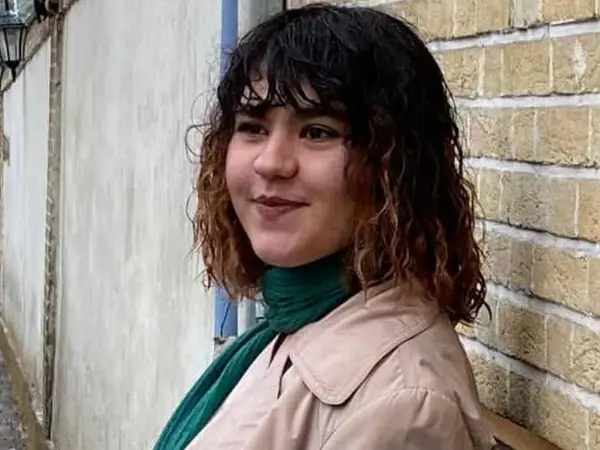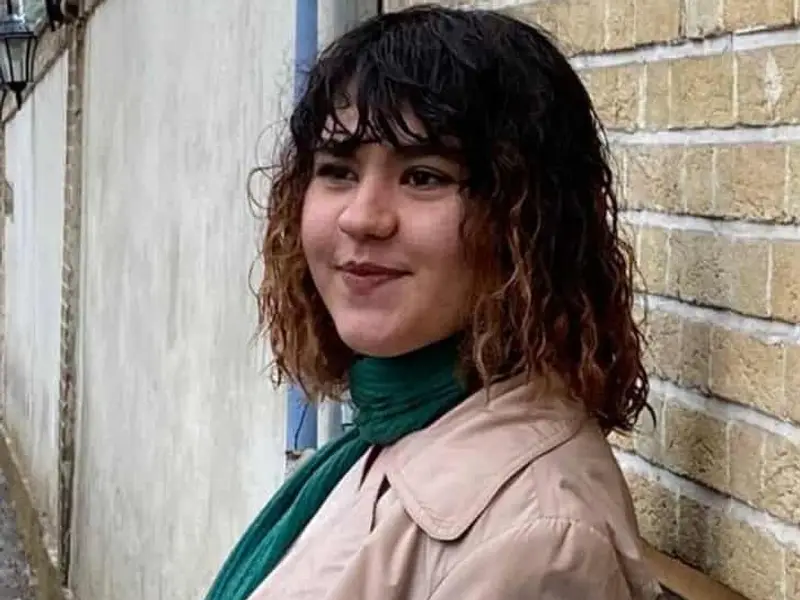Journalist and student Dina Ghalibaf was transferred to the women's ward of Evin Prison on Saturday following the completion of her interrogations after being arrested for non-compliance with mandatory hijab.
Since her arrest on April 15, she has been arrested twice and reportedly faced sexual assault and other abuses at the hands of the morality police, incidents she bravely detailed in public disclosures amid a hardened presence of the patrol vans around Tehran and other cities.
Her re-arrest just one day after her initial arrest aligns with the reactivation of the Plan Noor initiative, under which the morality police have escalated their enforcement of the compulsory hijab. The intensified crackdown has sparked a wave of violent encounters involving women who oppose the dress code regulations, emphasizing the harsh realities faced by those who resist.
The renewed enforcement effort comes in the wake of a directive from Iran’s Supreme Leader Ayatollah Ali Khamenei. In a recent sermon, Khamenei demanded increased measures against what he termed "religious norm-breaking" activities, explicitly underscoring the mandatory nature of the hijab as a "religious decree."
The increased enforcement has led to heightened tensions and confrontations across various Iranian cities, signaling an escalation in governmental efforts to impose control over women’s dress—a policy that has been met with persistent resistance since it was mandated in 1981, following the Islamic Revolution.
Iran has battled nationwide hijab rebellion since the death in morality police custody of Mahsa Amini in September 2022, an event which sparked a nationwide uprising and the greatest challenge to the regime since the founding of the Islamic Republic in 1979. During protests, Iran's security forces killed at least 500 civilians and arrested thousands more in a brutal crackdown on dissent which continues to today.

